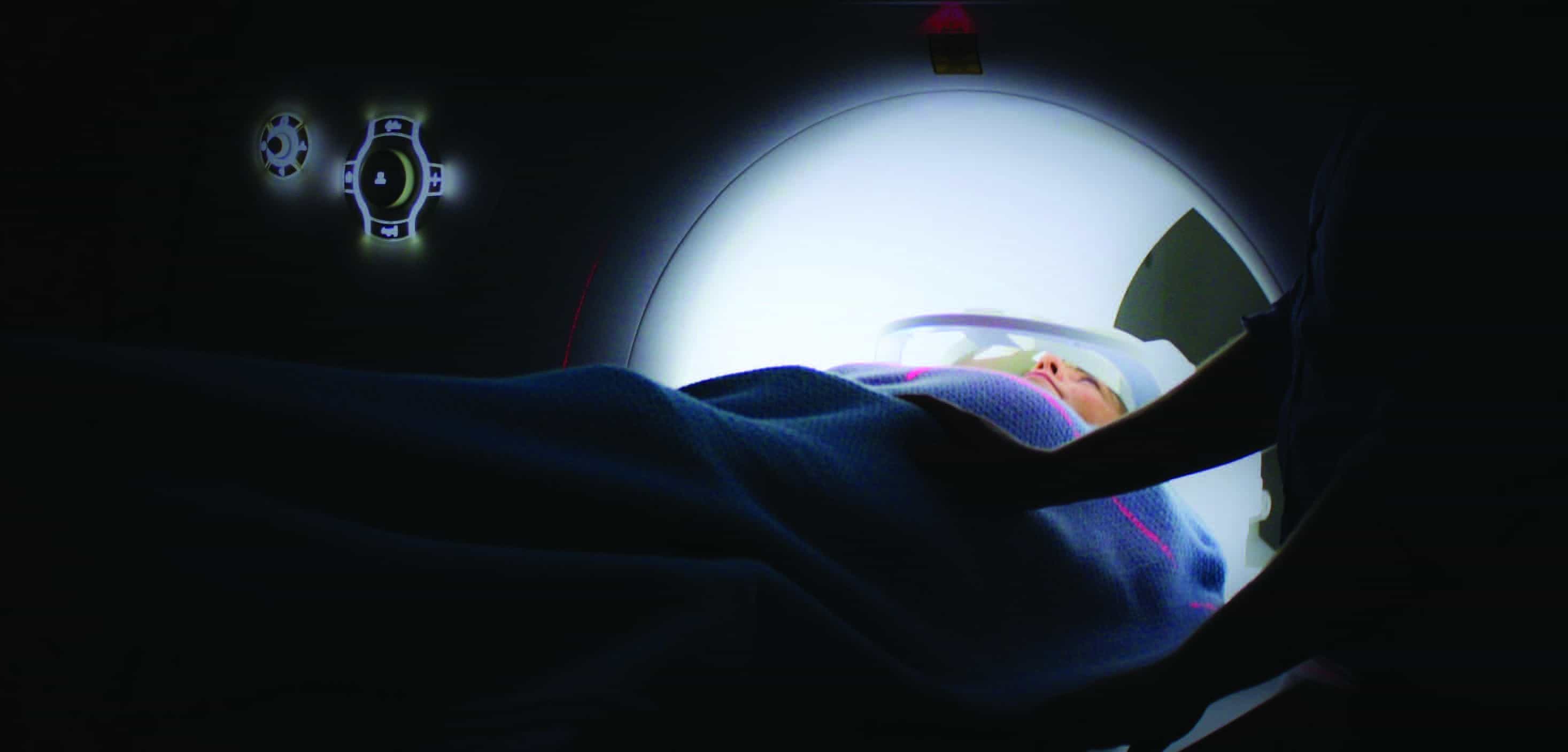IGEL Secure Endpoint OS
for Now and Next
IGEL is a transformative secure endpoint OS designed for SaaS, DaaS, VDI and secure browser environments. IGEL significantly reduces endpoint TCO and your endpoint attack surface.


The 2017 to 2020 Strategic Plan for an Ontario Regional Hospital Group servicing a population of 300,000 and 4 counties, included modernization for cost optimization and efficiencies as pillars to achieve primary goals. From the 1880s to the 1990s healthcare services and facilities were built to accommodate regional and city needs. In the 1990s there were 3 hospitals/health care centers. Over the decade of 2000, a central state of the art facility was built, integrating all health centers and services. Currently this facility has 2,200 employees, approximately 400 volunteers and 370 physicians.
The majority of staff was using old PC desktops and notebooks running Windows 7. Both roaming and fixed desktops were unable to run the current version of Windows 10, resulting in loss of support from Microsoft for Windows 7. More significantly, there was limited network access on patient floors and often no access in the emergency room. As a result of aged equipment and OS slowdown, staff consistently experienced considerable user frustration. The time required to access clinical apps and logins, updates and Exchange access, as well as electronic medical records (EMR) resulted in decreased overall efficiency, with the cost being decreased time for direct patient care. It was imperative that the hospital replace all hardware and migrate to Windows 10, however such a commitment would be cost-prohibitive. They required innovation to deliver Windows 10 desktop to insure high quality, effective IT implementation, including critical solutions like Imprivata, Skype for Business.
With Third Octet input on regional healthcare facility overall IT needs, IGEL surveyed existing hardware and software functionality and gathered feedback from users and physician representatives around their optimum IT user needs.
With help from IGEL, the IT department implemented virtualization technology to deliver windows desktop and converted all of the existing desktops and notebooks to IGEL operating systems (OS). This solution eliminated the need for hardware refresh or replacement budget. The IGEL OS allowed for seamless quick connections to the applications and data within the VDI environment quickly and efficiently at a fraction of the cost of replacing all the end point hardware. Furthermore, as IGEL is a thin OS, critical solution apps such as Imprivata and Skype for Business all run natively within the OS itself, delivering superb quality and extraordinary performance overall for a fraction of the cost. Most importantly, the VDI solution enables doctors and staff to work from their own devices, anywhere, anytime, anyplace, securely, whether the emergency room or at home. The IT department now centrally deploys and manages all the desktops’ updates with dramatically reduced resources, and has visibility on software and hardware through a single pane of glass.
In terms of cost optimization, upfront hardware replacement savings were an average of $1,200 per user alone. Further substantial cost savings exist around licensing and endpoint management. The Ontario Regional Hospital Group owns the licenses so they can move licences to new hardware at no cost when the original machine ceases operating. Additionally, there are significant cost benefits for efficient allocation of IT resources. Previously a team of 5 to 6 were required to administer configurations and updates. Now administration requires the resources of 1 person and less than half of a work week in time. More efficient, faster access to apps and records increased productivity and time with patients for improved patient care and a richer user experience.